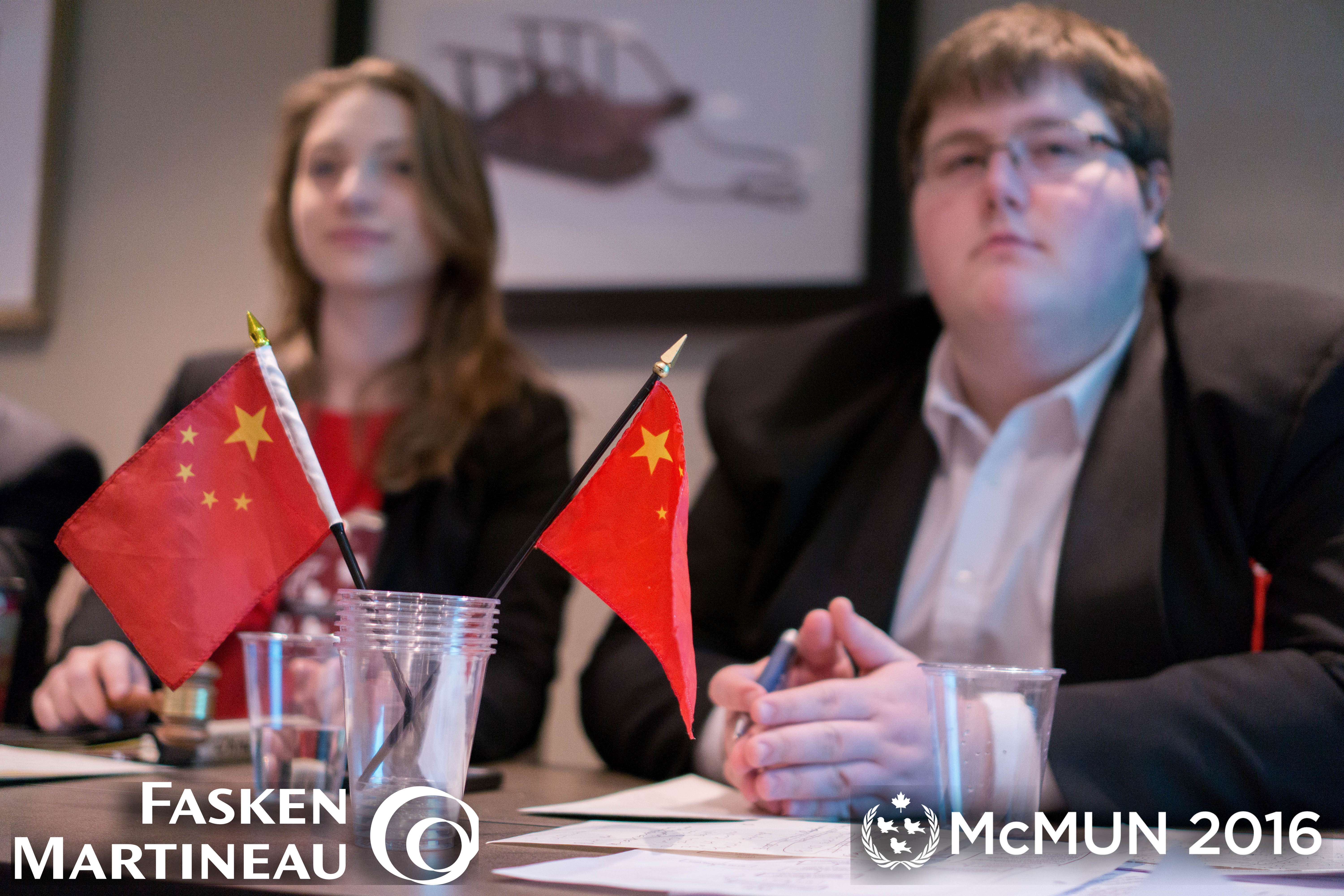Labor protests strike the Chinese Politburo

China’s eminent status as the “world’s factory” has been sustained by her vast numbers of cheap industrial laborers, and has resulted in an astounding economic growth, illustrated by her frequently two-digit GDPs. However, such rapid growth was contrasted by downturns since 2012 due to a collapse of the labor force. On one hand, this was due to the demographic change caused by the “one-child policy” imposed 30 years ago; on the other hand, China’s attempt to shift away from her heavy reliance on primary and secondary sectors of production as her major sources of economic income also played its part. How should China handle her human resources in order to achieve her “China Dream”?
 The Chinese Politburo was dwelling on this formidable crisis yesterday as an aggressive labor protest broke out before any resolution was passed; the dais immediately decided to relocate its agenda onto condensed directives rather than carrying on with the resolution.
The Chinese Politburo was dwelling on this formidable crisis yesterday as an aggressive labor protest broke out before any resolution was passed; the dais immediately decided to relocate its agenda onto condensed directives rather than carrying on with the resolution.
As the session commenced yesterday morning, many secretaries first suggested that this labor crisis lies at “the intersection of many issues that require the whole politburo’s cooperate to be resolved”. Many issues were brought up, such as demographic frameworks, the balance between urban development and rural sustainability, possible reforms of the workers’ healthcare system, the development of green power, and the fostering of higher education. Gender equality was also set in motion in order to avoid selective abortions of female fetuses.
Right before a scheduled break, Wang Qishan, Secretary of the Central Commission for Discipline Inspection, tabled the pun “Xiang Qian Kan, Xiang Qian Kan” (Look towards the future, look towards money). At this point, the committee members had implicitly agreed that China had to invest in tertiary industry through improvements in education and that, during the transition to this planned new era, she had to dedicate significant efforts in improving citizens’ well-beings in order to ensure the maintenance of her economic growth.
As complex as it seemed, three diversely comprehensive working papers were drawn up. The first paper accentuated China’s economic development in a more long-term and macro-economic perspective through new trade laws and trade zones as well as infrastructural and educational reform. It emphasized the need to establish China as a local and international economic hegemon, but overlooked various social problems mentioned in earlier discussions.
The second paper dived into the problems with “softer” solutions. Governmental supports, such as funding for company start-ups, investments in new technologies and propaganda for gender equality were proposed. While no doubt an innovative approach, the paper seemed to wish to turn China from communism to entrepreneurism, leaving doubts about the political feasibility of its reforms.
The third paper stressed the need to balance urbanization and rural sustainability while also looking for solutions to social problems caused by urbanization. Though solutions to the current plight caused by urbanization and industrialization were covered, it did not comply with China’s ambition to increase her industry.
As the resolution was taking shape, a sudden twist emerged: shouts of “I need a job!” from young workers echoed around the committee room. A labor protest caused by the United States’ decision to boycott “made in China” goods as well as outsourcing companies to Vietnam and Indonesia, which made job vacancies in drop abruptly across China. The dais recognized this protest as brutal and thus interrupted the agenda. A proposed government’s intervention on media usage was immediately passed, and measures were taken to pave the way for discussing final resolutions.
Photo credits to McMUN/Philip Nguyen-Powanda
